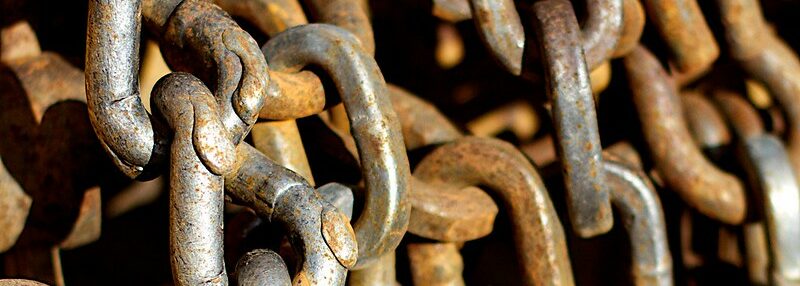1. Musical fish
A mysterious sound is bugging Fla. residents. It might be fish mating. (no paywall link, Washington Post)
Really cool fish! Nature never ceases to amaze me. I wonder if the sale of ear plugs in these areas goes up? Anybody got any stats on this?
FYI: For some reason the recording in the article didn't work for me (I tried two browsers). I found this one that does work: https://ocr.org/sounds/black-drum/
I think this might make for a nice starting point for a cool track with a beat. Do share if you or a friend of yours creates something featuring the Black Drum Fish!
2. Getting personal with journalists
Our Redesigned Byline Pages (New York Times)
(h/t to Ben Werdmuller, always keeping me supplied with interesting reads, via the shared links on his blog). I already knew NYTimes was updating the paratext of its articles and it's good to see it all spelled out in detail.
Being transparent with readers is important. Turns out not everybody knows what ethical journalism looks like in the first place:
"Readers are often surprised to learn that we have rules and guidelines, that we don’t accept gifts from people we write about, that we don’t donate to political campaigns, or that we don’t own stock in companies we cover."
I also like this other recent change, and the explanation of the different types of byline: https://www.nytco.com/press/an-update-on-datelines/ Now it's clearer who is reporting from where, and you realise how the paper relies on reporters on the ground, people with valuable local knowledge and networks of sources.
Explaining how you work increases transparency and builds trust, and journalism as a whole is in urgent need of rebuilding trust with citizens everywhere. The job of journalist ranked in the US lowest among 46 countries in 2021 and globally the profession doesn't score too high either. It's cold comfort that politicians rank lower. (For transparency's sake: these are two polls from 2019 and 2021 I could find online quickly. Let me know if you found more recent ones that show things have improved.)
3. Rubin Museum (NY) is closing
Rubin Museum, Haven for Asian Art, to Close After 20 Years (no paywall link, New York Times)
In the category: "should have visited while I could": the Rubin. Always just off my radar somehow, and on October 6 it will no longer have a physical building.
“The scarcity model of how cultural organizations operate in this country has become extreme, where the reliance on individual donors and corporations is higher than ever before.”
The funding model for arts and culture in the US is vastly different from Europe. Economic downturns have repercussions in the GLAM world (galleries, libraries, archives and museums) everywhere; they are seen as "nice to have" instead of essential for a healthy community. Debates about subsidies often end up framed as "saving the economy" versus "spending on the arts", and you can see how governments end up cutting on the "frivolous" arts with that mindset. But I always felt the fundraising in the US was much more aggressive because it was about sheer survival for these institutions.
4. Film recommendation
A Reaper of the Castoff, Be It Material or Human (no paywall link, New York Times)
An "oldie but goodie". I went down a little rabbit hole the other day, and bumped into that review for Agnes Varda's "Les glaneurs et la glaneuse." It brought back memories and the intention to watch it again, because I enjoyed it tremendously the first time round. The film is from 2000, but in our consumerist society it still has a lot to say to us today.
My recommendation is for the film itself, but I hope the review (and my reccie) entice you to hunt the film down. If you let me know which streaming services still carry it, I'll add that info here. Your local library may also have it. #SupportYourLibrary
Featured image by Alan Levine, "Got links?", CC license. Cropped to size.
